What Is The Best Professional Digital Camera ?
There is no definitive answer to what the best professional digital camera is, as it depends on individual needs and preferences. Some popular options among professionals include the Canon EOS-1D X Mark III, Nikon D850, Sony Alpha a7R IV, and Fujifilm GFX 100. These cameras offer high-resolution sensors, advanced autofocus systems, robust build quality, and a wide range of features tailored for professional use. Ultimately, the best camera for a professional photographer will depend on factors such as their specific genre of photography, budget, desired features, and personal shooting style. It is recommended to research and compare different models, read reviews, and consider hands-on experience before making a decision.
1、 Sensor size and resolution
When it comes to determining the best professional digital camera, two crucial factors to consider are sensor size and resolution. These elements play a significant role in capturing high-quality images with exceptional detail and clarity.
Sensor size refers to the physical dimensions of the image sensor within the camera. Generally, larger sensors tend to perform better in low-light conditions and offer improved dynamic range. Full-frame sensors, which are equivalent in size to traditional 35mm film, are highly regarded in the professional photography community for their ability to capture stunning images with excellent depth of field.
Resolution, on the other hand, refers to the number of pixels the camera's sensor can capture. Higher resolution cameras produce images with more detail and allow for larger prints without sacrificing quality. Currently, the industry standard for professional cameras is around 20-50 megapixels, although some cameras now offer resolutions exceeding 100 megapixels.
As for the best professional digital camera in terms of sensor size and resolution, it ultimately depends on individual needs and preferences. Some popular options among professionals include the Canon EOS 5D Mark IV and the Nikon D850, both of which feature full-frame sensors and high-resolution capabilities. However, it's important to note that technology is constantly evolving, and new camera models are regularly released with improved features and advancements in sensor technology.
In conclusion, the best professional digital camera in terms of sensor size and resolution is subjective and depends on the specific requirements of the photographer. It is recommended to research and compare different camera models, considering factors such as sensor size, resolution, and additional features, to make an informed decision based on individual needs and budget.
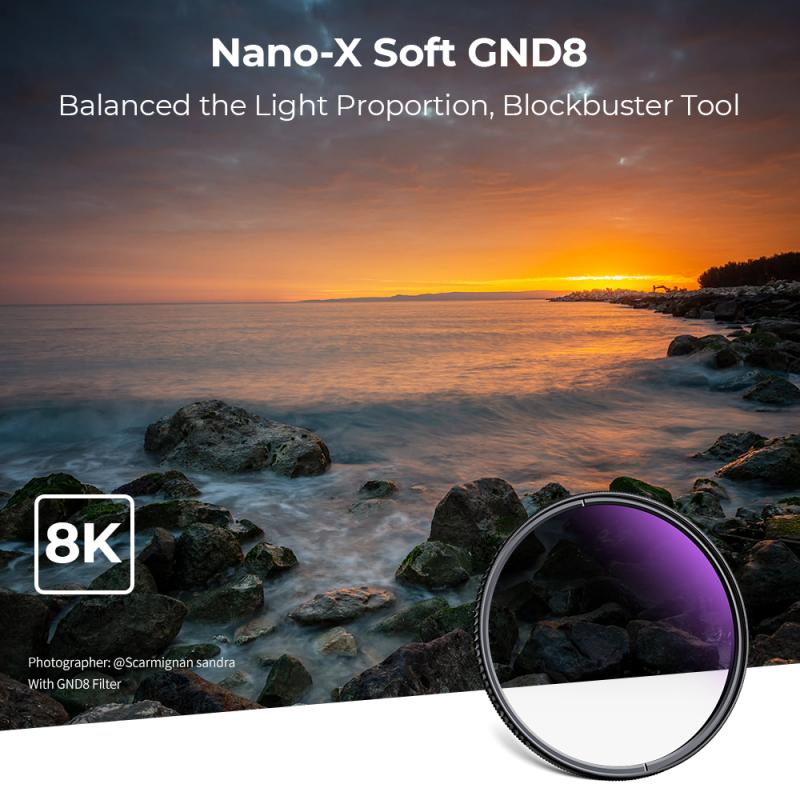
2、 Image quality and dynamic range
The best professional digital camera in terms of image quality and dynamic range is a subjective matter, as it depends on individual preferences and specific needs. However, there are a few top contenders that consistently deliver exceptional results.
One of the leading cameras renowned for its image quality and dynamic range is the Sony Alpha A7R IV. With its impressive 61-megapixel full-frame sensor, it captures stunning details and produces images with exceptional clarity. The camera's dynamic range is also outstanding, allowing for a wide range of tones and preserving details in both shadows and highlights.
Another notable option is the Nikon D850. This camera boasts a 45.7-megapixel full-frame sensor and offers excellent dynamic range performance. It produces images with rich colors, sharpness, and impressive detail. The D850's sensor also performs exceptionally well in low-light conditions, further enhancing its image quality capabilities.
Canon's EOS 5D Mark IV is also highly regarded for its image quality and dynamic range. With a 30.4-megapixel full-frame sensor, it delivers excellent resolution and detail. The camera's dynamic range is impressive, allowing for well-balanced exposures and preserving details in challenging lighting situations.
It's important to note that the latest point of view may change over time as new camera models are released. Manufacturers are constantly pushing the boundaries of technology, introducing new sensors, processors, and features that enhance image quality and dynamic range. Therefore, it's advisable to stay updated with the latest camera releases and reviews to make an informed decision based on current market offerings.
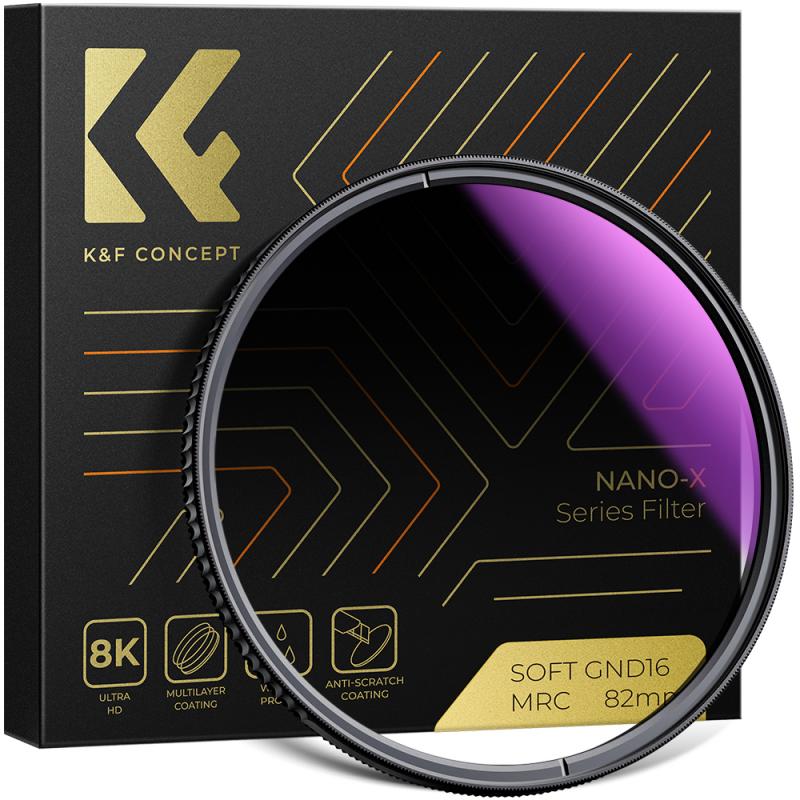
3、 Autofocus system and speed
The best professional digital camera in terms of autofocus system and speed is a highly debated topic among photographers and professionals in the industry. However, one camera that consistently stands out is the Canon EOS-1D X Mark III.
The Canon EOS-1D X Mark III boasts an advanced autofocus system that is incredibly fast and accurate. It features a 191-point AF system with 155 cross-type points, allowing for precise subject tracking and focus acquisition. The camera also utilizes Canon's Dual Pixel CMOS AF technology, which provides smooth and reliable autofocus during both still photography and video recording.
In terms of speed, the EOS-1D X Mark III is a powerhouse. It can shoot up to 16 frames per second in optical viewfinder mode and an impressive 20 frames per second in Live View mode. This makes it ideal for capturing fast-moving subjects such as sports or wildlife.
The camera also incorporates the latest advancements in technology, including a DIGIC X image processor and a newly developed sensor. These improvements result in exceptional image quality, even in low-light conditions.
It is important to note that the best professional digital camera for autofocus system and speed may vary depending on individual preferences and specific shooting requirements. Other notable contenders in this category include the Nikon D6 and the Sony Alpha a9 II, both of which offer excellent autofocus capabilities and high-speed shooting.
Ultimately, the choice of the best professional digital camera for autofocus system and speed will depend on the photographer's needs, budget, and personal preferences. It is recommended to thoroughly research and test different camera models before making a final decision.
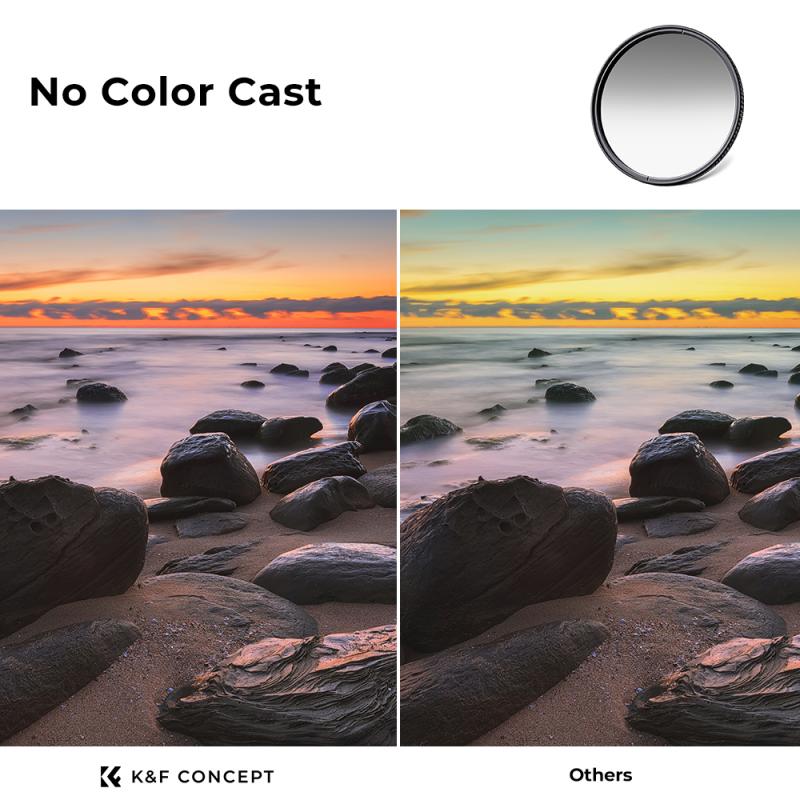
4、 ISO performance and low-light capabilities
The best professional digital camera for ISO performance and low-light capabilities is a subjective matter, as it depends on individual preferences and specific needs. However, there are a few top contenders in the market that consistently receive high praise for their performance in low-light conditions.
One such camera is the Sony Alpha A7S III. It features a full-frame sensor with a remarkable ISO range of 40-409,600, allowing for exceptional low-light performance. The camera's advanced image processing and noise reduction capabilities ensure clean and detailed images even in challenging lighting situations. Additionally, the A7S III offers impressive dynamic range and excellent autofocus performance, making it a versatile choice for various professional applications.
Another notable option is the Nikon D850. While it may not have the same extreme ISO range as the A7S III, the D850 excels in low-light conditions with its back-illuminated full-frame sensor and excellent noise reduction capabilities. It offers a native ISO range of 64-25,600, expandable to 32-102,400, providing ample flexibility for low-light shooting. The camera's high-resolution sensor also allows for capturing fine details, making it a popular choice among landscape and studio photographers.
It's worth mentioning that camera technology is constantly evolving, and new models are regularly released with improved low-light capabilities. Therefore, it is essential to stay updated with the latest releases and reviews to make an informed decision based on the current market offerings.
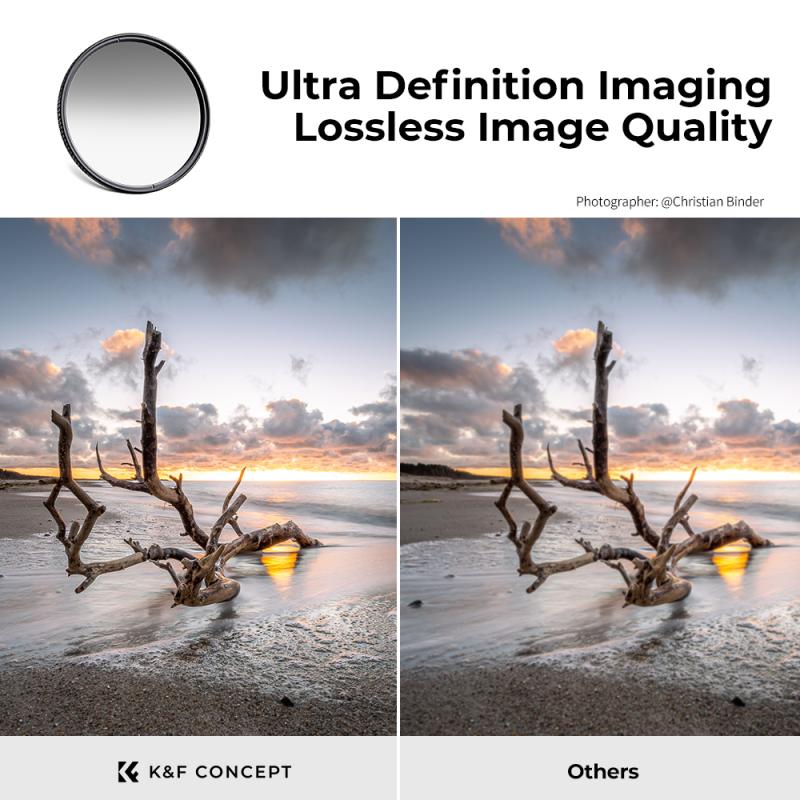










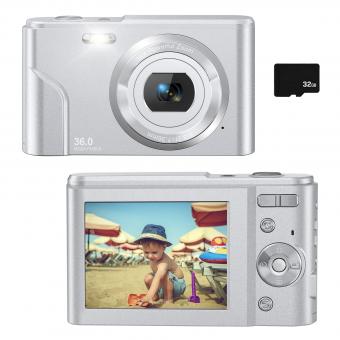

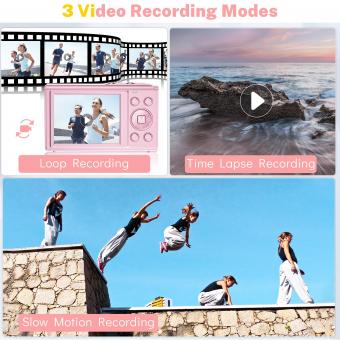






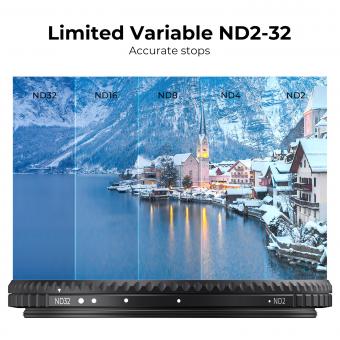








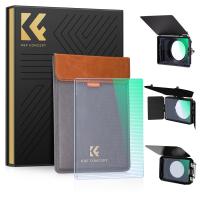
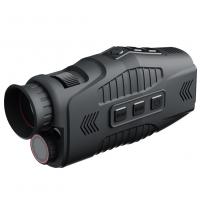


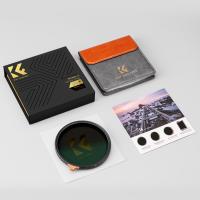
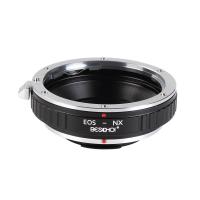
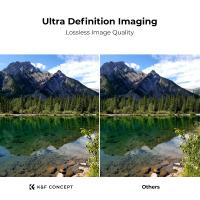
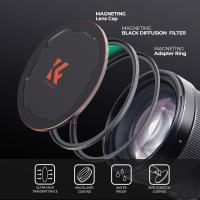
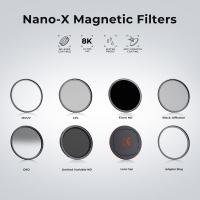
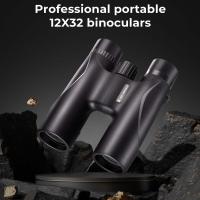
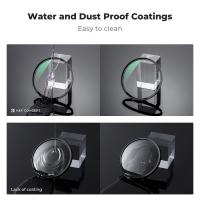

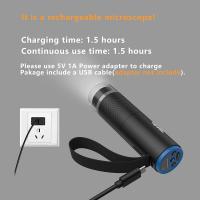
There are no comments for this blog.